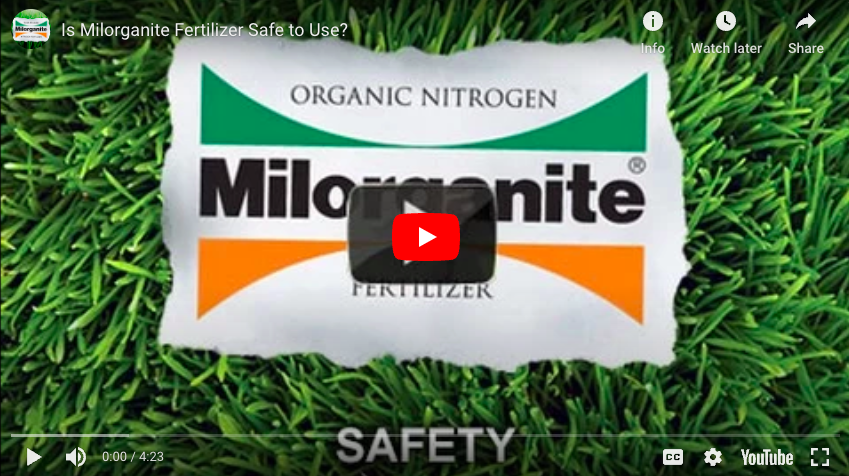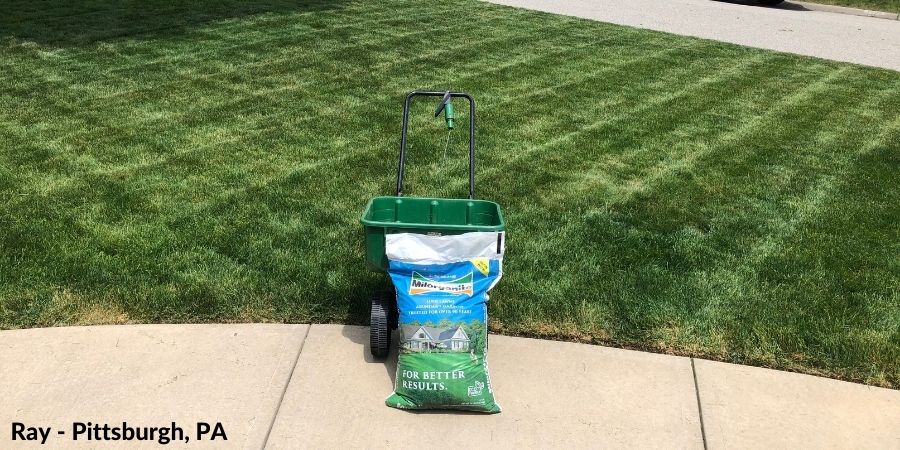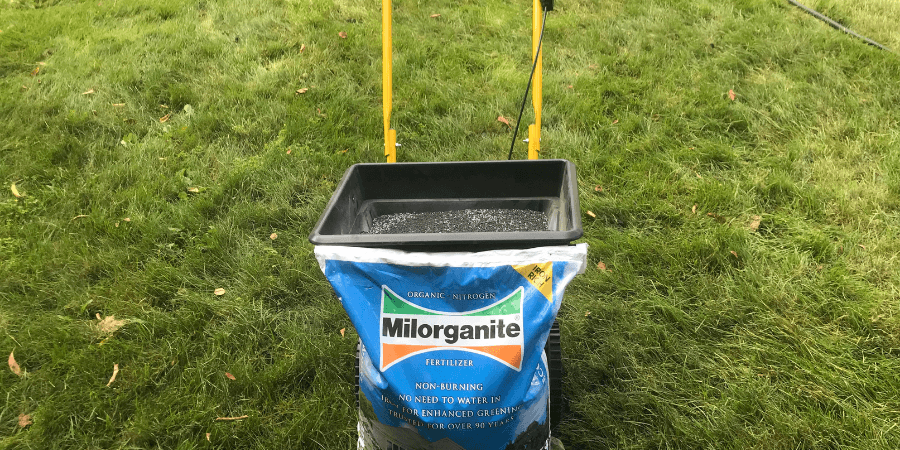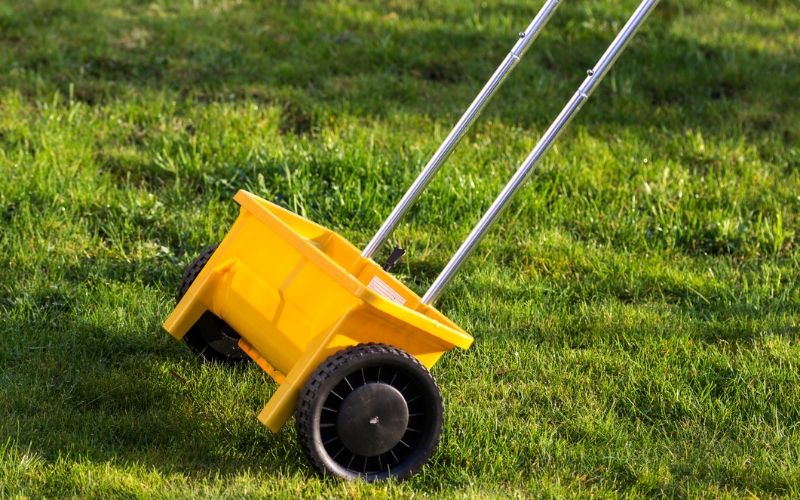Milorganite® Safety
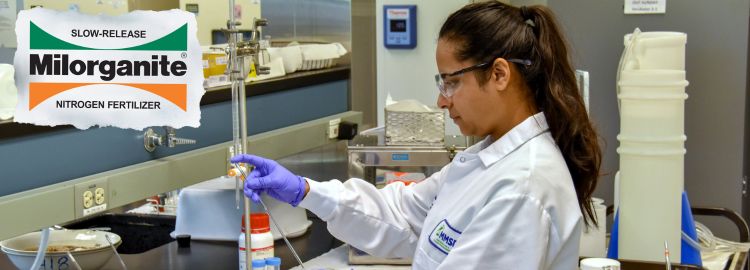
Is Milorganite Safe?
Milorganite is produced with your safety in mind every single day. It complies with all applicable federal and state requirements and can be used with confidence for all of your fertilizing needs, including lawns, trees, shrubs, flowers, and vegetables.
It meets stringent criteria imposed on any fertilizer product for health, safety, and the environment and is more heavily regulated by the United States Environmental Protection Agency (EPA) than synthetic fertilizers.
Milorganite has consistently met the EPA’s Exceptional Quality criteria since 1993, when the guidelines were created.
Daily Testing for EPA and State Standards
Milorganite is analyzed for at least 20 parameters every day to comply with all applicable safety guidelines. Routine analysis is also conducted to test for numerous other pollutants and pathogens. For additional information, you can refer to Milorganite’s Safety Data Sheet.
The Truth About Metals
Metals are not all bad. Some metals are micronutrients and are necessary in small amounts for plants to grow and reproduce, including copper and zinc, which naturally occur in the environment. For a product like Milorganite, federal and state regulations have established limits for metals to protect public health and the environment. Milorganite contains metals at levels found safe by EPA when Milorganite is used as directed.
Metals - EPA Limits & Milorganite Averages
| Metals & Micronutrients | EPA Exceptional Quality Limit | 2024 Milorganite Avg |
|---|---|---|
| Arsenic | 41 mg/kg | 5.5 mg/kg |
| Cadmium | 39 mg/kg | 0.56 mg/kg |
| Copper* | 1,500 mg/kg | 200 mg/kg |
| Lead | 300 mg/kg | 29 mg/kg |
| Mercury | 17 mg/kg | 0.24 mg/kg |
| Molybdenum* | 75 mg/kg | 11 mg/kg |
| Nickel | 420 mg/kg | 25 mg/kg |
| Selenium | 100 mg/kg | 4.3 mg/kg |
| Zinc* | 2,800 mg/kg | 420 mg/kg |
*Essential micronutrients
Children and Pets
Milorganite is safe for your children and pets when used as directed and stored out of their reach. Milorganite is composed of organic matter and nutrients and contains no added pesticides or herbicides.
Heat Drying Kills Pathogens
Milorganite is heat-dried in large-scale, bus-sized rotary dryers that operate at 900–1200°F which heats the Milorganite to an internal temperature of 176°F. The extreme heat and dryness kill pathogens. Here’s a video on how Milorganite is produced. You can see the dryers for yourself.
Non-Leaching Phosphorous
Phosphorus in runoff is a significant pollution problem. Excess phosphorus causes algae blooms, fish kills, and odors. Plants, including grass, need phosphorus, as it contributes to important functions such as root development and growth. The phosphorus in Milorganite is slow-release, reducing the risk that phosphorus will leach from soils into surface or groundwater. In contrast, other fertilizers often contain quick-release phosphorus that is more likely to leach.
Micro-impurities: Pharmaceuticals and Personal Care Products
In modern society, trace amounts of pharmaceuticals and personal care products will inevitably be present in wastewater. Although detectable, concentrations of these compounds are extremely low in Milorganite.
From water reclamation and Milorganite production to harvest and consumption, it’s a long pathway for these micro-impurities to reach humans. The risk they pose to people and the environment is extremely low and is reduced at every step along the way. Milorganite is a leader in investigating the risk caused by these compounds.
A study by the University of Florida found that Triclosan, a commonly used anti-bacterial, anti-fungal agent used in a range of products from soap to toothpaste, was detected at very low levels in vegetables fertilized with Milorganite, with corn having the highest concentration. A 154-pound person could eat up to 1,249 lbs of this corn daily without any adverse effect, indicating that the risk of Triclosan exposure from Milorganite is extremely low.
Per- and Poly-fluoroalkyl Substances (PFAS)
Per- and polyfluoroalkyl substances or “PFAS” are a group of more than 9,000 man-made chemicals that are fire, oil, grease, water, and stain resistant and are found in a wide array of consumer and industrial products, including non-stick cookware, food packaging, dental floss, cleaning products, and cosmetics.
The makers of Milorganite, the Milwaukee Metropolitan Sewerage District, do not use PFAS in the production. Wastewater reclamation facilities are passive recipients of PFAS in wastewater from residential, commercial, and industrial products. PFAS concentrations in wastewater streams vary significantly depending on local industry and historical firefighting operations at local airports.
Milorganite strongly believes that control of PFAS sources before entry into the wastewater stream is the solution to continued PFAS contamination.
PFAS by the Numbers
Products as shown in the bar graph below with typical concentrations.
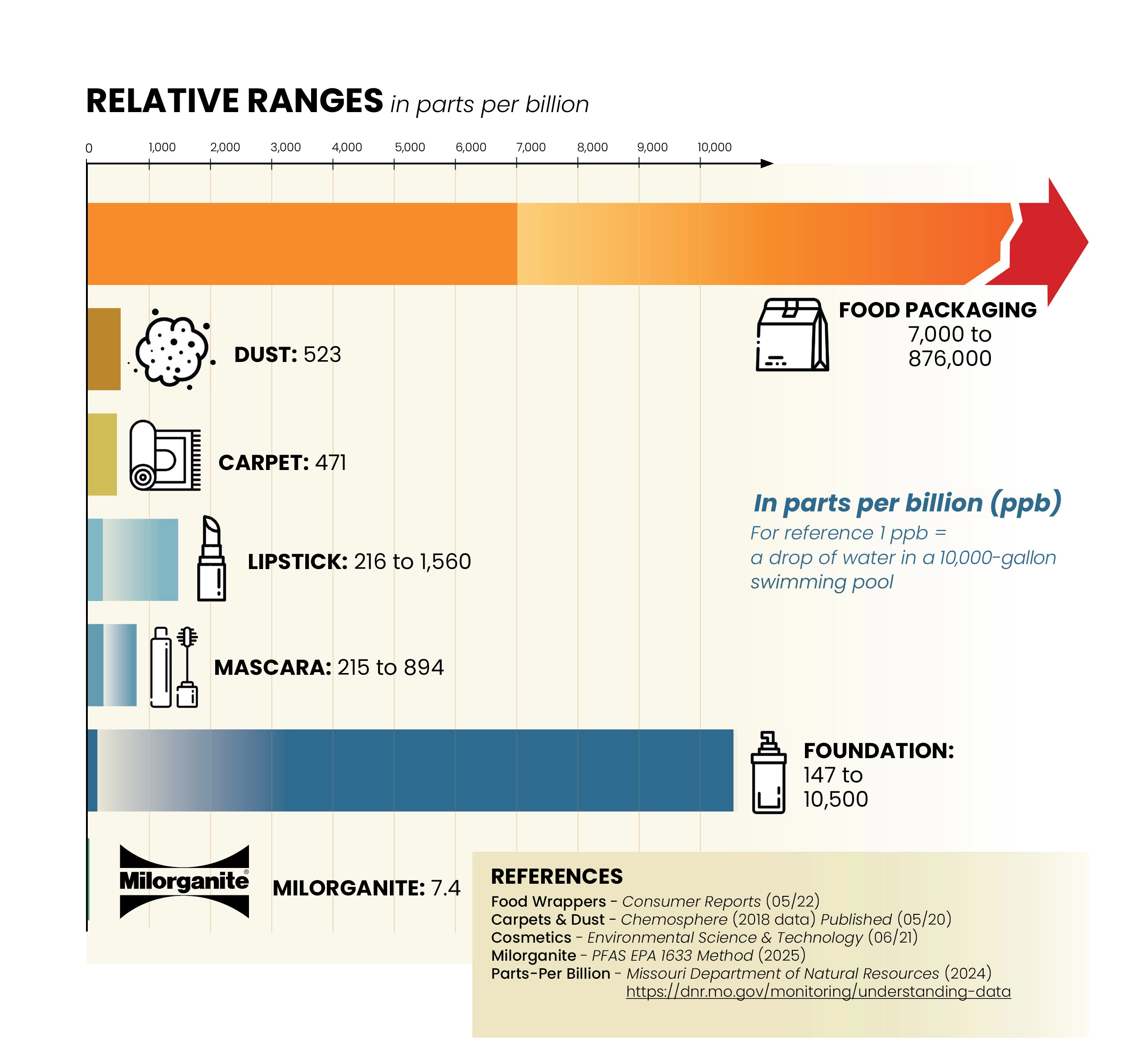
National and state PFAS regulatory standards for biosolid fertilizers , such as Milorganite, are still forthcoming. Several states have established Perfluorooctane sulfonic acid (PFOS) and Perfluorooctanoic acid (PFOA) concentrations of less than 20 parts per billion (ppb) for biosolids like Milorganite.
Using the U.S. Environmental Protection Agency (EPA) approved testing protocol for PFOA and PFOS, the 2025 results for these chemicals in Milorganite® products average 7.1 ppb.
By contrast, PFAS has been detected at the following much higher concentrations in various other products:
-
Dust in an average home has 523 ppb
-
Lipstick contains 216 ppb to 1,560 ppb
-
Fast-food packaging is 7,000 to 876,000 ppb
We recognize and share the public’s concern about PFAS and fully support more research into their impacts on public health. For more information, visit the U.S. Environmental Protection Agency (EPA) website and the PFAS fact sheet.
Milorganite Articles
Milorganite Videos
Lawn Care Tips
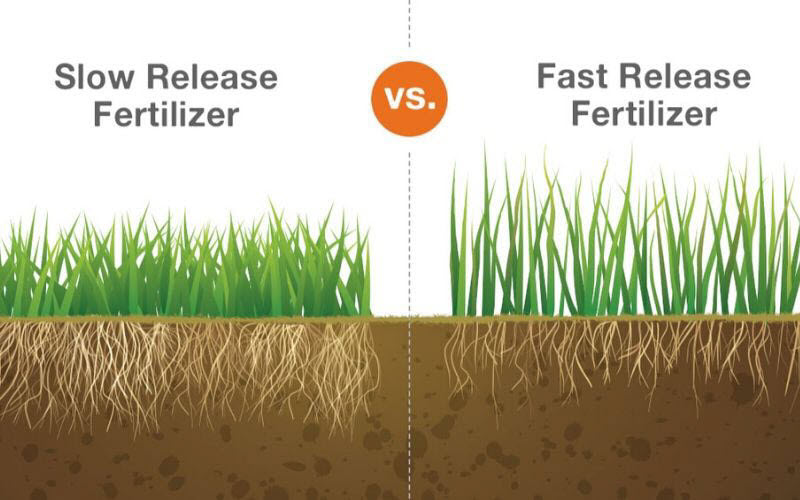
Organic vs. Synthetic Fertilizer
Learn the differences and benefits of organic and synthetic fertilizers.

